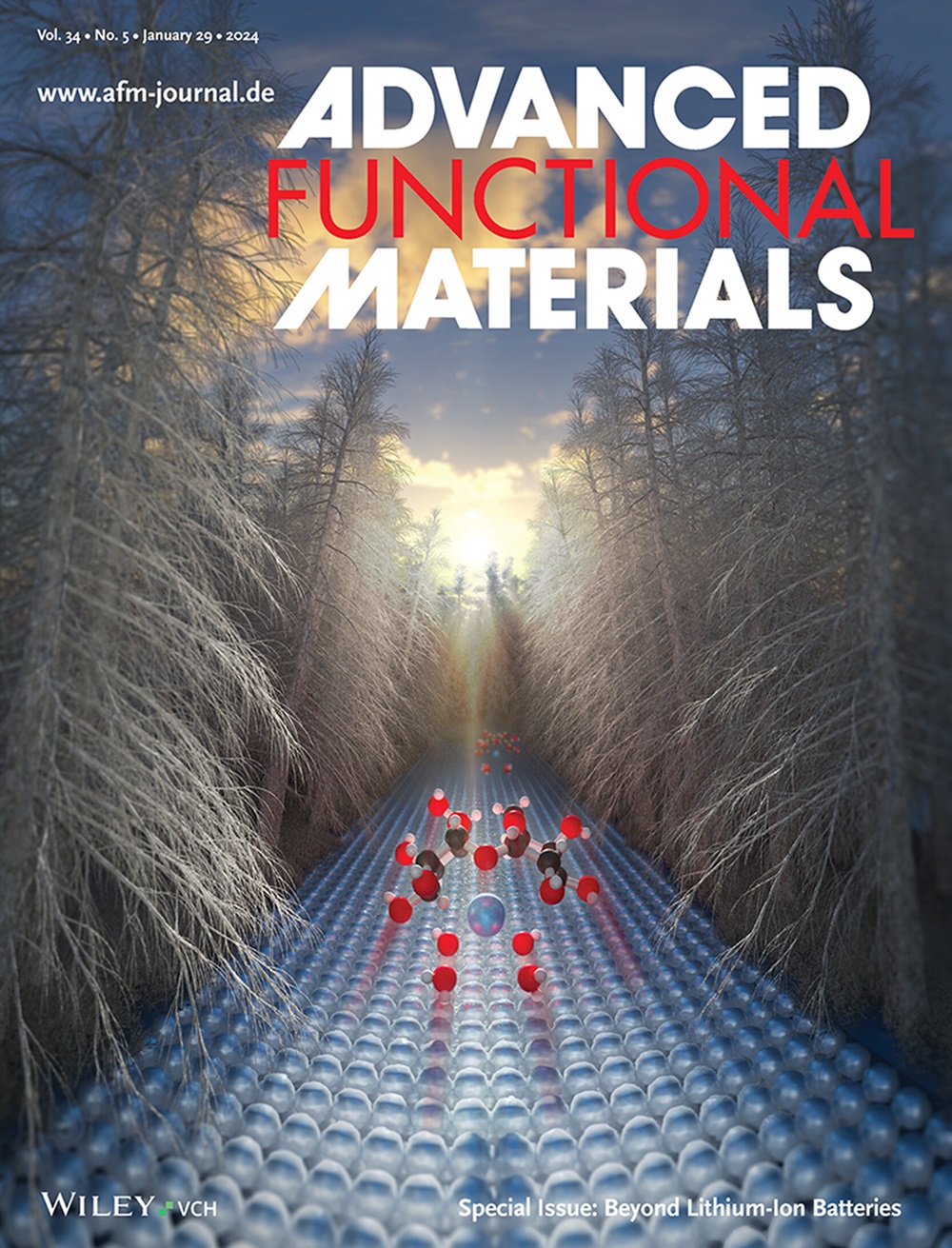Laser-Induced Nanozyme Biofuel Cell-Based Self-Powered Patch for Accelerating Diabetic Wound Healing With Real-Time Monitoring
IF 18.5
1区 材料科学
Q1 CHEMISTRY, MULTIDISCIPLINARY
引用次数: 0
Abstract
Chronic wounds are a common complication of diabetes, causing significant inconvenience, persistent pain, and economic burden to patients. Real-time monitoring of wound status and timely treatment with intelligent dressings is a promising way to treat wound infection and accelerate healing. However, the traditional dressings make it difficult to simultaneously maintain the true state of the wound and meet the dynamic needs of chronic wounds. Herein, a multifunctional self-powered patch (MSPP) featured with antibacterial, hypoglycemic, and electrical stimulation is designed to promote wound healing and real-time monitoring of wound status, in which laser-induced nanozyme electrodes are prepared in situ through laser scanning technology to construct the highly stable nanozyme-based glucose biofuel cells (GBFCs). Enzymatic cascade reaction in GBFCs can use local hyperglycemia of wounds to produce reactive oxygen species with effective antibacterial properties, reduce hyperglycemia while generating stable microcurrent, and further promote diabetes wound healing. In just 10 days, the patch-treated group achieves 100% wound shrinkage. Meanwhile, the pH sensing module in the MSPP can also monitor pH fluctuations in real-time and correct glucose test results, improving the sensing accuracy. In brief, the construction of MSPP provides promising solutions for developing closed-loop biomedical systems that integrate monitoring, diagnosis, and treatment.

求助全文
约1分钟内获得全文
求助全文
来源期刊

Advanced Functional Materials
工程技术-材料科学:综合
CiteScore
29.50
自引率
4.20%
发文量
2086
审稿时长
2.1 months
期刊介绍:
Firmly established as a top-tier materials science journal, Advanced Functional Materials reports breakthrough research in all aspects of materials science, including nanotechnology, chemistry, physics, and biology every week.
Advanced Functional Materials is known for its rapid and fair peer review, quality content, and high impact, making it the first choice of the international materials science community.
 求助内容:
求助内容: 应助结果提醒方式:
应助结果提醒方式:


